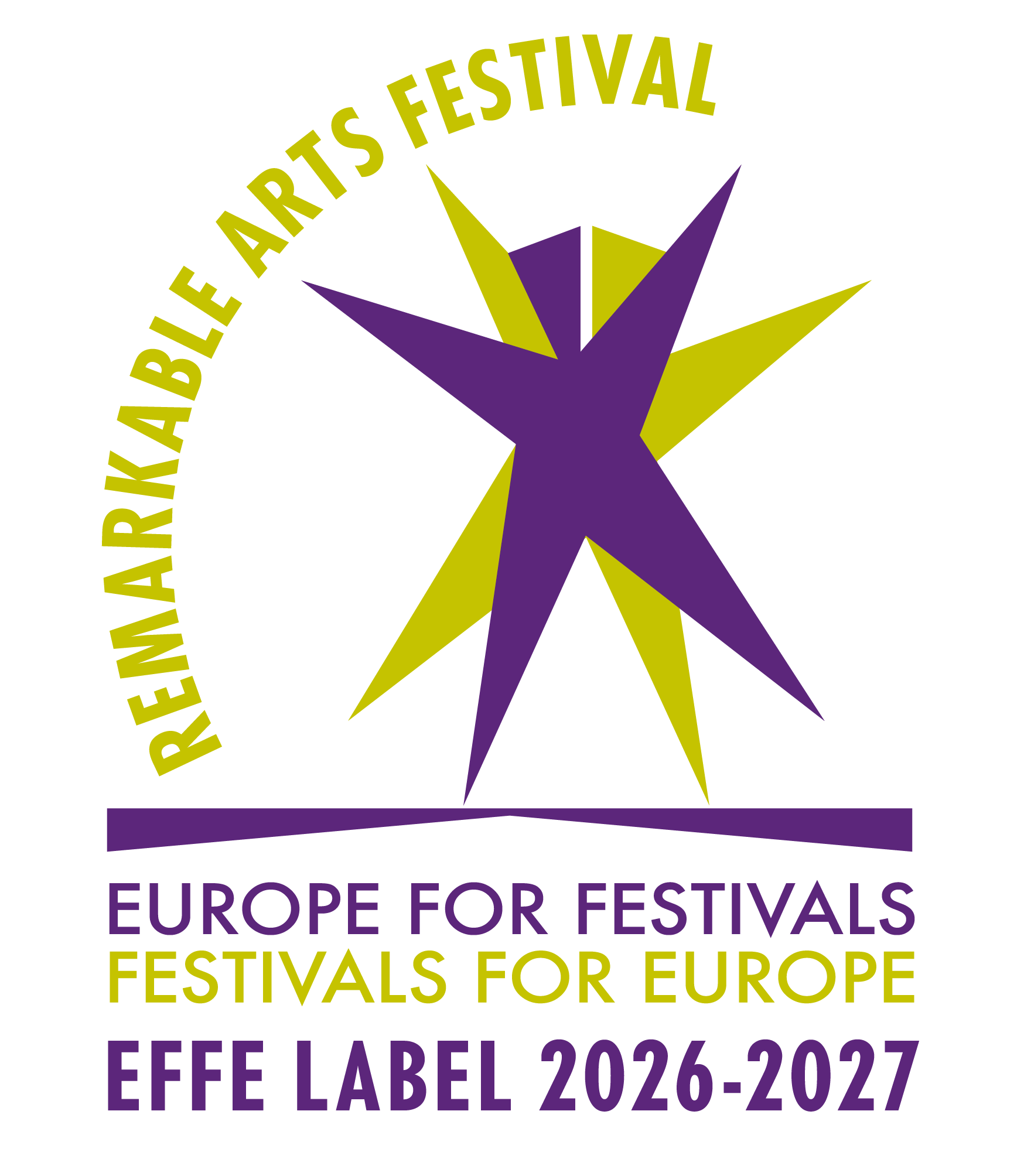- home
- festival
- festival 2025 – XXXII
- festival 2024 – XXXI
- festival 2023 – XXX
- festival 2022 – XXIX
- festival 2021 – XXVIII
- festival 2020 – XXVII
- festival 2019 – XXVI
- festival 2018 – XXV
- festival 2017 – XXIV
- festival 2016 – XXIII
- festival 2015 – XXII
- festival 2014 – XXI
- festival 2013 – XX
- festivals archive 1994 – 2012
- tickets
- foundation
- projects
- productions
- events
- news
- contacts
Er Gao
POLLI D'ALLEVAMENTO
May 11, 2019 19:30
PARC Performing Arts Research Centre Firenze | IT
within
FOCUS CHINA
Body, ideology, contemporary
Polli d’allevamento is the result of a workshop that Er Gao conducted in Florence, a continuation of the video project This is a chicken coop (2016).
Screened at international festivals in 7 countries, the original video work focuses on the wild modernization / urbanization process that has taken place in China over the past 30 years. As in intensive farming, people are force-fed and stuffed into ever-cramped spaces, at ever-faster rates.
Similarly, during their education, dancers and choreographers are “stuffed” with technical skills, theoretical and aesthetic notions in an automated way, often without understanding (or being involved in) how and why this happens. For this edition of Fabbrica Europa a group of ten local dancers joined Er Gao for a 4-day workshop whose the final result was presented to the public.
Dancer and choreographer, Er Gao uses dance, film, installation and other creative strategies. Graduated from the Academy of Performing Arts in Hong Kong, in 2007 in Canton he founded the ErGao Dance Production Group (EDPG) which works in particular on dance theater, public art and dance education. Between 2008 and 2012 he was invited to participate in projects with international dance companies including Rubatu Tanz (Germany), Angie Hiesl and Roland Kaiser (Germany), Limitrof Company (France), Emio Greco | PC (Netherlands). Since 2012 he has received commissions from various organizations and festivals including Ibsen International (Norway), Hong Kong Arts Festival, Jumping Frames Dance Film Festival, Guangdong Modern Dance Festival, Guangdong Modern Dance Company, DPAC Dance Company (Malaysia), Shanghai Ming Contemporary Art Museum. In Italy he participated in GenderBender Festival 2015 with Disco-Teca. He is currently in Zurich for a creative residency supported by Pro Helvetia.
choreography: Er Gao
performed by Olimpia Capitano, Barbara Carulli, Maria Combi, Lucile Ducron, Greta Francolini, Marisa Garreffa, Ian Gualdani, Nataliia Ogorodova, Marilena Palone, Ilaria Sicilia
FOCUS CHINA
Body, ideology, contemporary
Usually, when one hears of Chinese performing arts, the mind goes to the same set of images: the iconic movements of Peking opera, the physical bravura of acrobats and contortionists, the colossal group choreographies. Postcards from an exotic China, far away in time and space, difficult to reconcile with our (European) idea of “contemporary”. Suggestive snapshots that tickle the imagination while inferring a substantial, irreconcilable difference between “them” and “us”.
Beyond this two-dimensional portrait that the media constantly reproduce, there are not one, but several Chinas. Chinese contemporary dance well reflects this multiplicity: a mutable reality where tradition and experimentation coexist, and interact in complex ways. “Body, Ideology, Contemporary” aims to explore such complexity and offer a broad overview of Chinese performing arts to the Italian and European audience.
Five emerging choreographers present their work through performances and workshops. At the centre of their research, the body and the ideological forces that influence, shape and define it. From Lian Guodong/Lei Yan’s body as a place of resistance, to Wu Hui’s and Yu Yanan’s body as a receptacle of memory; from Er Gao’s provocative queer body, to Tian Tian‘s archaeological reconstruction of the body. In addition to the performance section, the program offers many opportunities for an in-depth understanding, including lectures by academic personalities, meetings with the artists, and public events joined by Italian dance artists too. Visuality will also play a central role, with video materials presenting seminal personalities and works from Chinese contemporary dance artists.
Fabrizio Massini – Curator
Thanks to the Istituto Tecnico Agrario in Florence for the collaboration.



